Importance of GIS In Urban Planning: Complete Guide
GIS is becoming more and more useful over a period of time in urban planning.
There are many benefits of using GIS in urban planning, but here are the Top 5 Points.
1. Improved Mapping -
With one repository for current and
historical data and maps, GIS can improve map currency (whether a map is
up-to-date), increase the effectiveness of thematic mapping, and for data
storage. Less expense
2. Increasing Access to big Information -
Desktop GIS makes
it easy to store, manage and access data from a good sort of sources. Cloud GIS
provides similar benefits while enabling access from any device.
3. Better communication -
With an integrated system for data
storage and management, internal parties can access the knowledge needed
immediately, instead of trying to maneuver through documents, hard drives, or
track data across departments.
4. Enhancing quality and efficiency for public services -
GIS is often wont to create public-facing portals (such as this one), which
opens the flow of data between government organizations and therefore the
public. officialdom can quickly share information, while members of the general public have access to the specified information.
5. Increased support for strategic deciding -
With quick
access to a good ranger of critical geographic information, planners can
effectively create informed strategies. quite that, they will explore a good
range of 'what-if' scenarios - ideally resulting in stronger, simpler long-term
strategies.
How does GIS derive these benefits? let's take a glance.
GIS tools for urban planning
GIS platforms have a spread of capabilities that will be
implemented for urban planning. management, visualization, spatial analysis, and spatial modeling are the foremost widely employed. Let's take a fast check
out each.
D atabase management
Database management is that the process of making,
importing, maintaining, and using all data traveling within and out of doors a
GIS platform.
As you'll imagine, cities produce large amounts of knowledge in many various formats. GIS offers one database where all data are regularly stored and simply structured. Once data has been added to the database, urban planners can use spatial inquiries to quickly access information.
VISUALIZATION
In the perspective of urban planning, visualization each so
often refers to maps.
Desktop GIS delivers powerful mapping visualization tools, assisting planners to map (from time to time even in 3D). Environmental and socioeconomic data are regularly used to help create these maps, or be added as a secondary data source afterward the very fact .
Digital maps make it easier for urban planners to form decisions and find solutions. for instance, identifying a perfect location for a replacement park or public space.
Spatial analysis and modeling
GIS in urban planning enables spatial analysis and modeling,
which may contribute to several important urban planning tasks.
These tasks consist of site selection, land use, transportation modeling, land suitability analysis, identification of planning work zones, and social impact assessments.
GIS functionality like interpolation, buffering, map overlays and connectivity measurements help urban planners achieve these tasks.
Practical Applications of GIS in Urban Planning
Let us break down the varied practical applications of GIS
in urban planning.
Resource list
GIS platforms, especially those utilized in conjunction with
remote sensors, reduce time spent collecting land-use and environmental
information. With remote images, urban planners can detect current land use,
also as land-use changes for the whole populated area . These images also can
be wont to create compelling views with 3D CAD models.
Land use map and planning
Land-use maps of the longer-term function a community guide
for future infrastructure, creating plans and public spaces. These maps help
make sure that the city's urban planning helps in environmental protection,
reducing pollution, transportation issues, and limiting conurbation.
Urban Planning applications
GIS can help government and businesses streamline the process
and planning applications.
Many GIS portals are often made public, suggesting that
citizens may use data such as parcels, county/district boundaries, and
knowledge of the area. Because important information is more readily available
to all or a few, government resources (which may have to be spent meeting these
requests and finding data) are often used elsewhere.
Socio-economic and environmental data analysis
Construction of future land use maps should take into
account various environmental scenarios, as well as a project of future demand
for natural resources. Modeling should include data on population, economic
activities, and spatial distribution.
Land Suitability Analysis / Site Selection
GIS tools, such as map overlays, allow urban planners to
conduct soil suitability analysis, an important step in site selection.
Remote sensing, spatial inquiry, and environmental data analysis help urban planners to find areas of environmental sensitivity. By overlapping existing land usage suitability maps, they will recognize any areas of conflict amongst the environment and potential growth.
Measure connectivity
GIS geoprocessing features such as map overlays, buffering,
and spatial analysis help city planners perform connectivity measurements.
Impact assessment
An environmental impact assessment is often conducted to
assess the potential impacts that urban development will affect the
environment. If problems are found, the urban planner can recommend ways to
minimize or minimize negative consequences.
Evaluation, Monitoring and Comments GIS In Urban planning
GIS tools can help evaluate a construction plan, monitor the project after completion, and also collect feedback to help make improvements.
With help of remote sensing, GIS can support urban planners to track whether the expansion
follows the area's land-use plan. You can also provide assistance to them to assess the impact and advise adjustments if
essential.
Urban planning icon
Managing numerous variables are often challenging, but
modern GIS technology provides an answer.
According to National Geographic, urban planning dates back to the 19th century, when diseases flowed into dirty, congested cities. City planners said that keeping people away from industrial centers, bad odors and pollution would improve public health.
It was during this point that zoning ordinances became effective: the separation of urban areas into residential, commercial and industrial districts.
Some argue that while there may be health benefits, moving people beyond jobs increases dependence on cars - this increases traffic and pollution. As such, modern urban planning should consider aspects such as bike lanes, pedestrian access, and traffic flow.
While early planners were generally concerned with the rapid rise and spread of concrete, modern planners are facing another problem. Most cities are not growing. In fact, many people have to face a population.
The 2010 US Census indicated that growth had slowed in 14 of the 15 largest urban centers. Therefore, urban planners should also plan what to do with the empty space that is created when people or businesses move.
Urban planners try their best to plan an unexpected future.
Fortunately for urban planners, today’s technology has progressive in a way that will help in town planning. Geographic Information Systems (GIS) became a beneficial tool for urban planners, providing support for the formation of databases, analysis and 3-D, spatial modeling and 3-D or 4-D visualization.
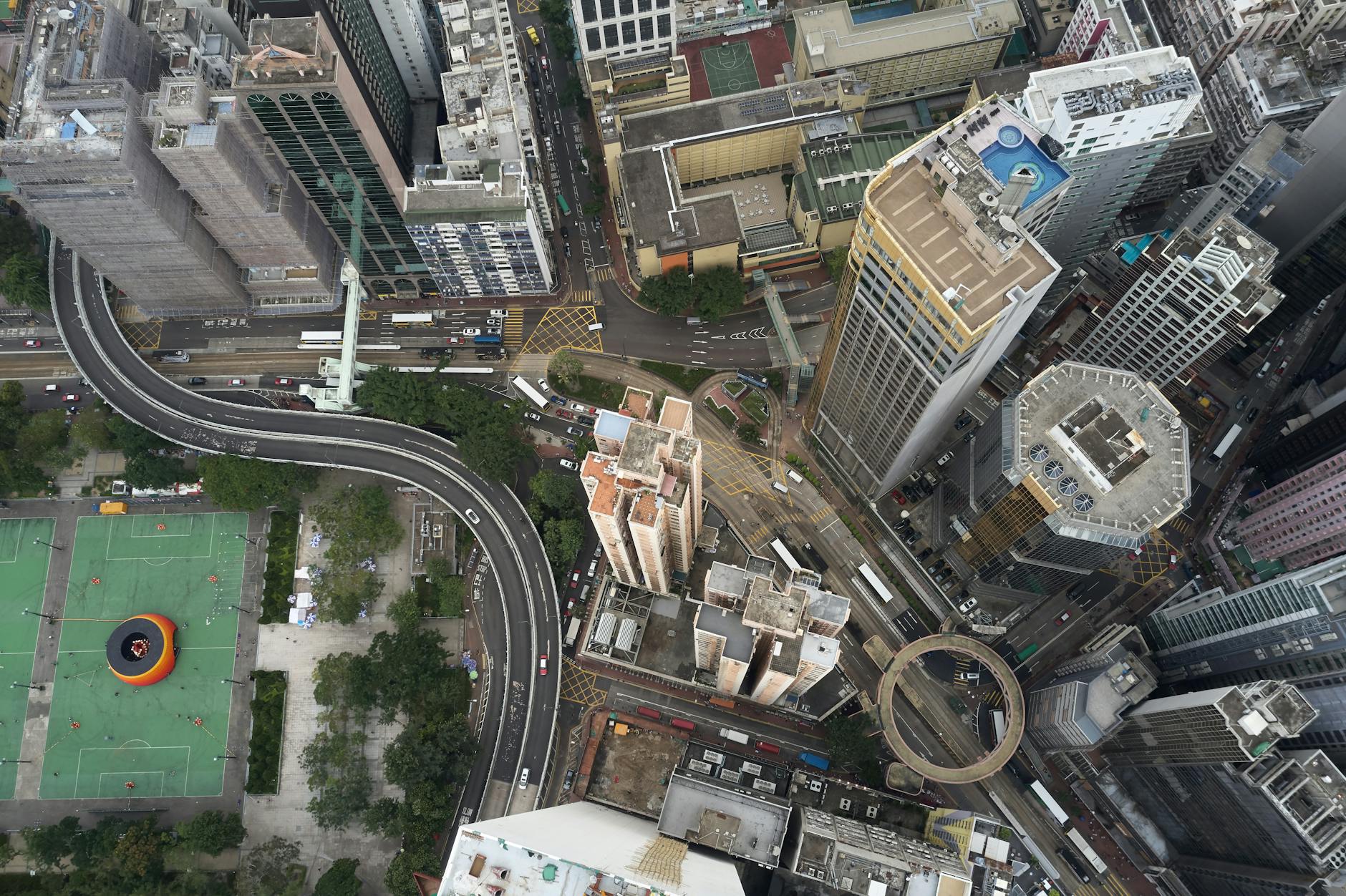


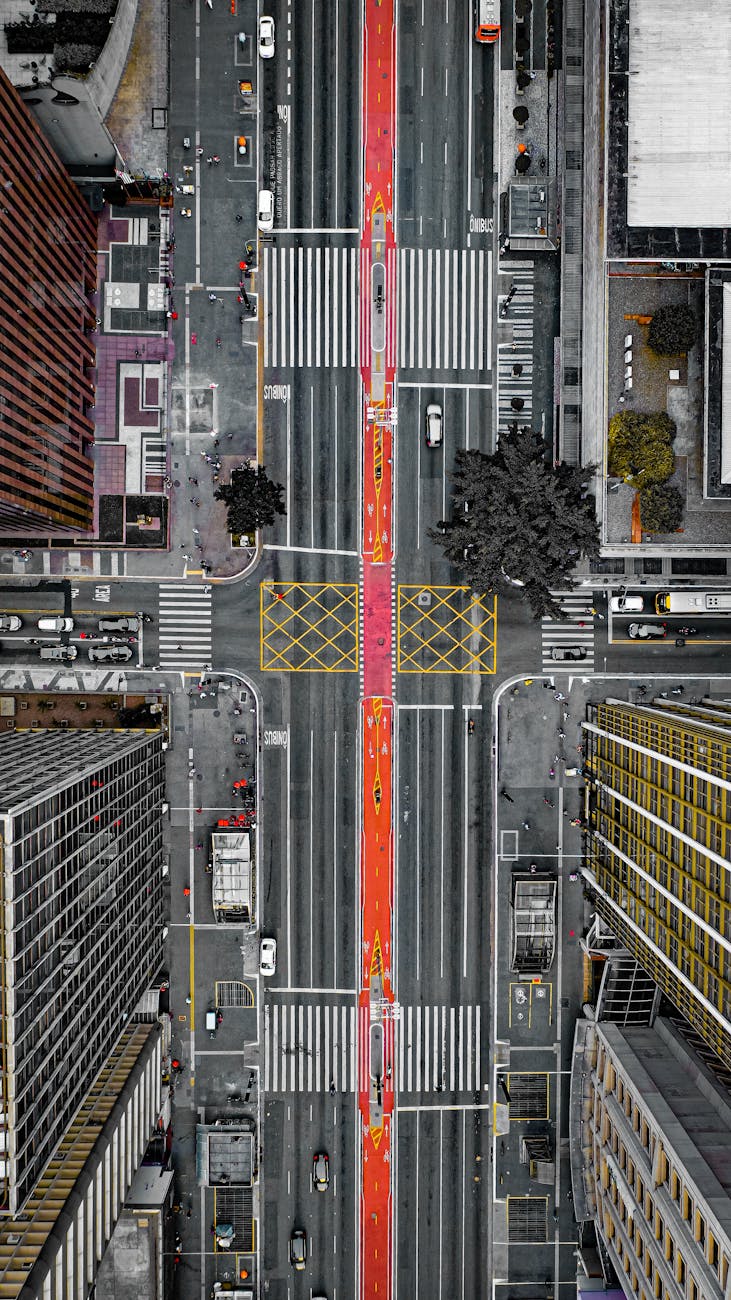
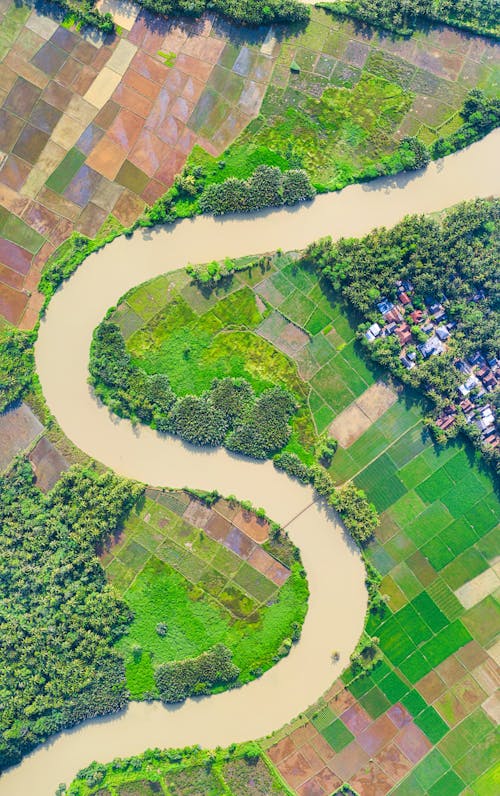

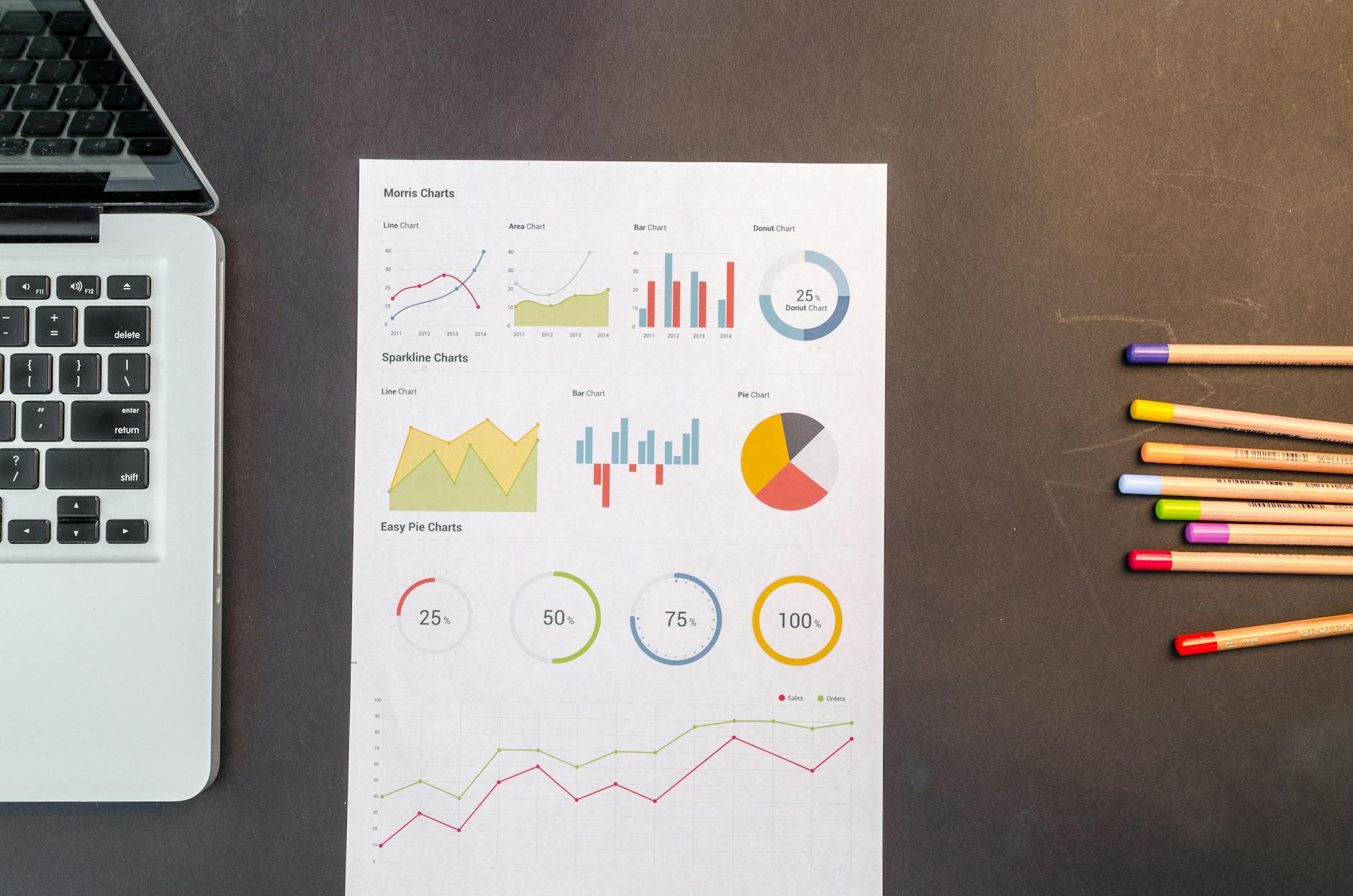
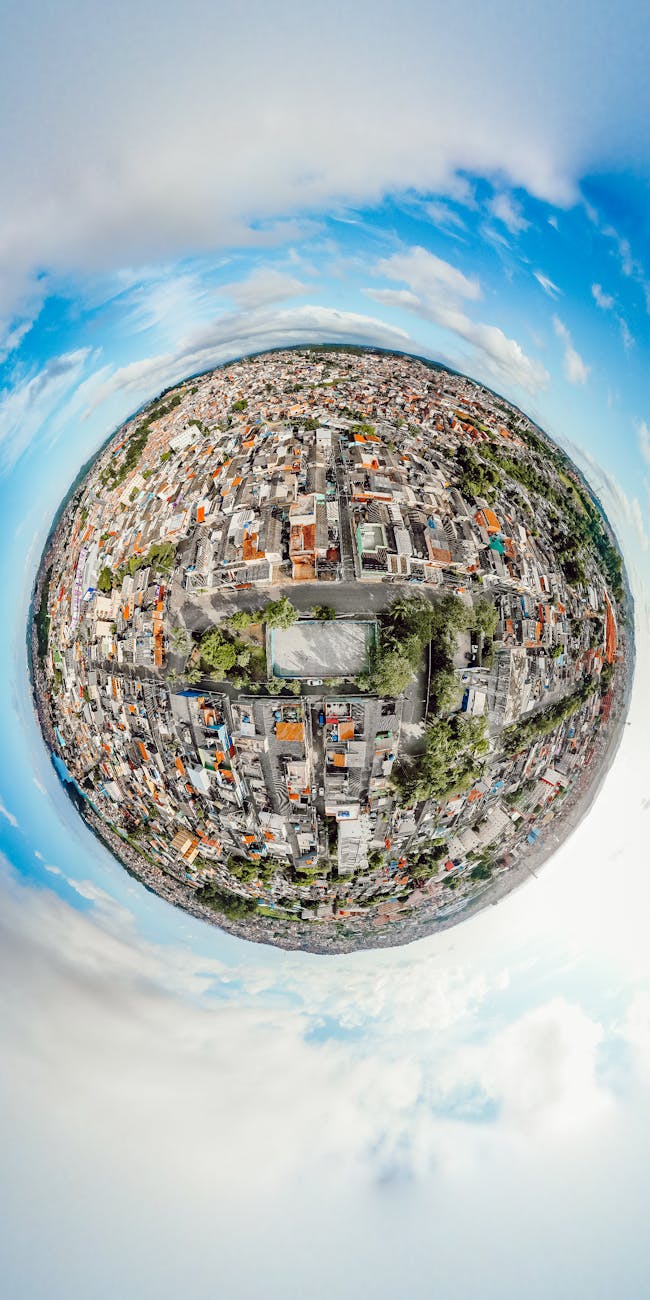
![[Premium] La–Beauty Blogger Template Free Download](https://blogger.googleusercontent.com/img/a/AVvXsEg67j5OnLmQmcm7l4u7ycrp21wfWWlg4U_CZD2EG8ypX9P68d2x43iWpnqviuuRhYJMH9uMjEaqRVr1dib5w3wrSOsVV27Dj9GPNcWiGGU6vA1Ax1YS5LoI1wkWQp8EhrpdJu74AVoqonCbN4aFqCr-lSxR606aFblH3S-NxUGJ57wvER4Dw9qqwVT7Ag=w74-h74-p-k-no-nu)
